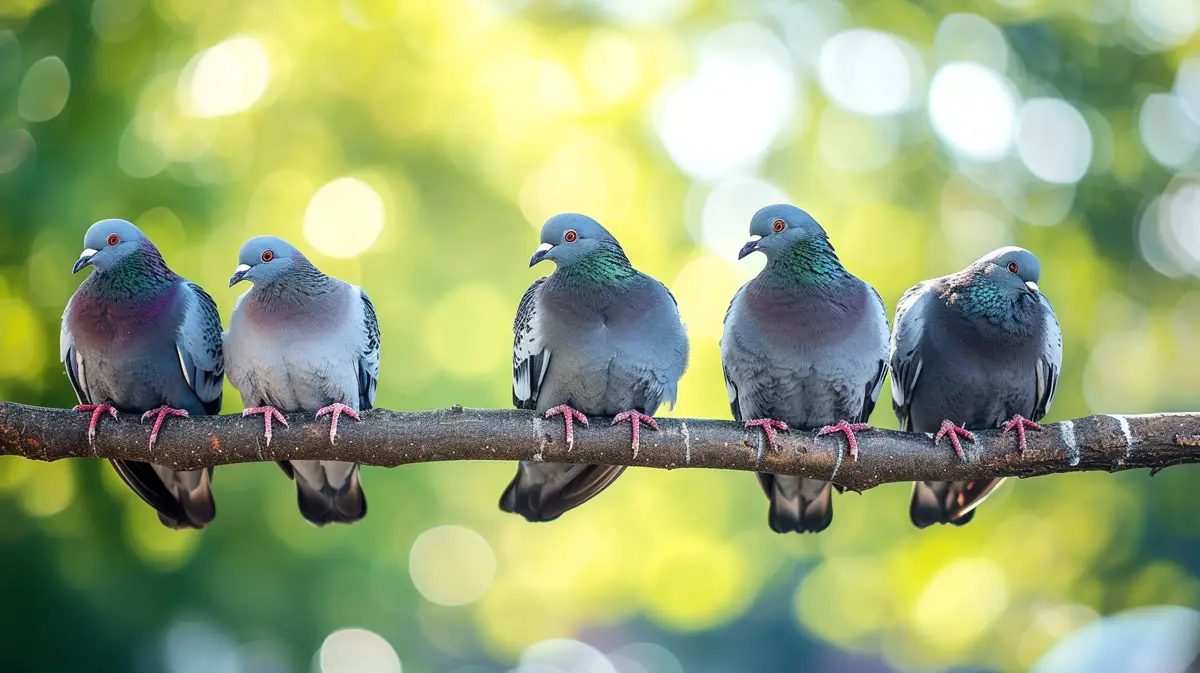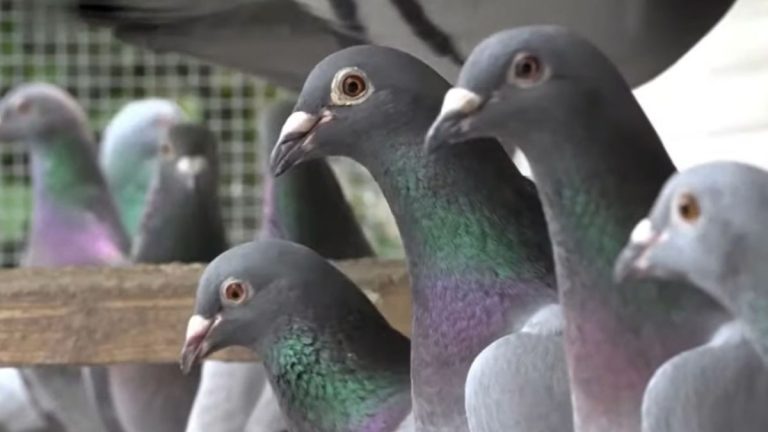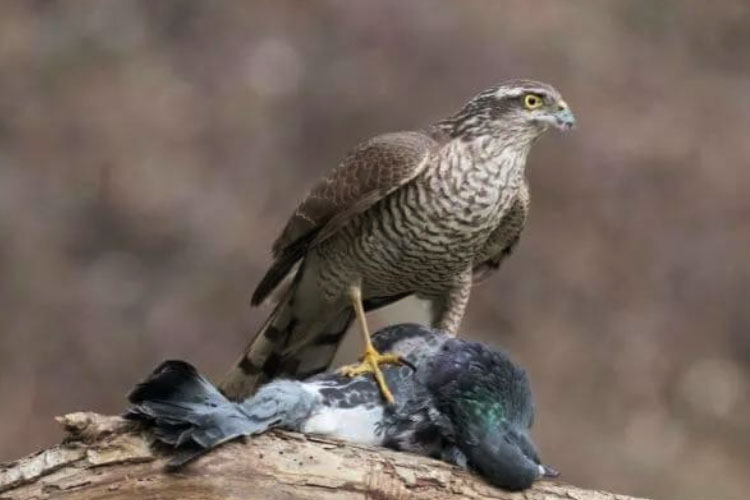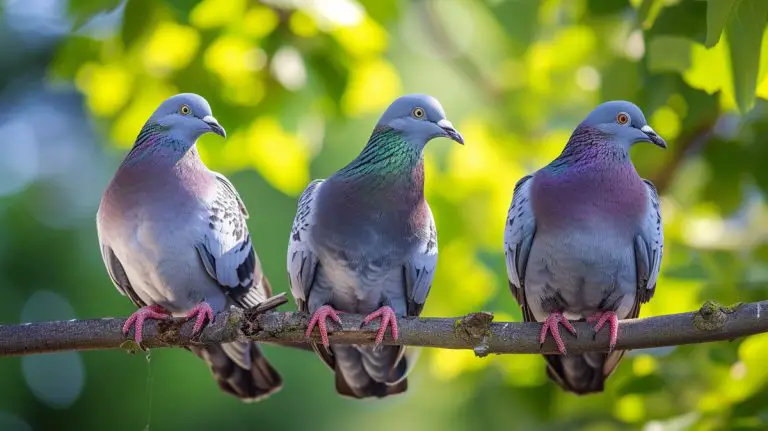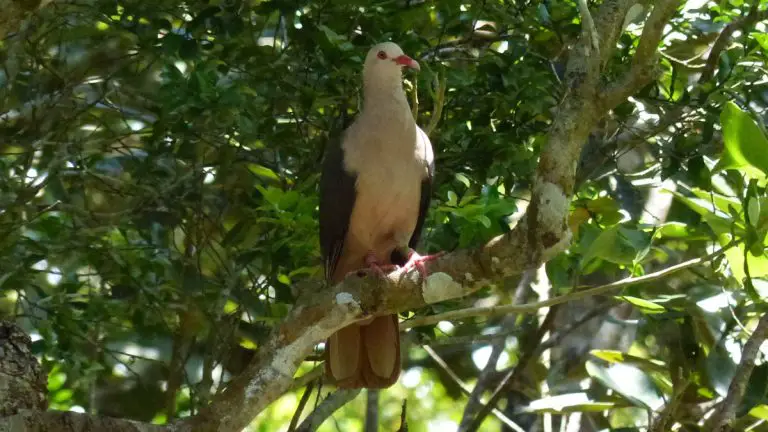Pigeon Catching: A Step-by-Step Guide
Are you tired of pigeons wreaking havoc in your backyard? Well, I’ve got just the solution for you! In this article, I’ll share my expert tips on how to catch pigeons effectively and efficiently. Whether you’re dealing with a single pesky pigeon or an entire flock, I’ve got you covered. So, let’s dive right in and discover the secrets to successfully catching those elusive birds!
Understanding Pigeon Behavior
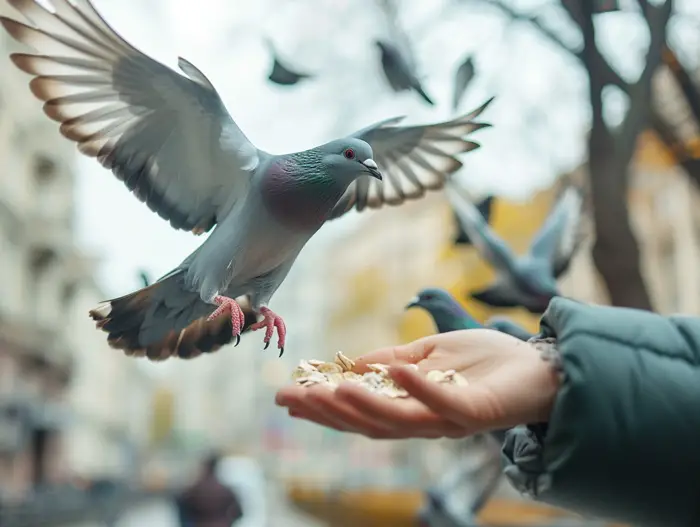
When it comes to catching pigeons, it’s important to have a good understanding of their behavior. Pigeons are highly adaptable birds that can thrive in urban environments. Here are some key insights into pigeon behavior that can help you catch them more effectively:
- Roosting: Pigeons are known to roost in large groups, typically on rooftops or in trees. By observing their roosting patterns, you can determine the best time and place to set up your traps or capture devices.
- Feeding: Pigeons are opportunistic feeders and can be attracted to a variety of food sources. They are particularly fond of grains, seeds, and bread crumbs. Use this knowledge to your advantage by baiting your traps with their favorite foods.
- Flight Patterns: Pigeons are agile fliers and can maneuver quickly through tight spaces. It’s important to take into account their flight patterns when planning your capture strategy. Position your traps in areas where pigeons are likely to fly by or land.
- Flocking Behavior: Pigeons tend to form tight-knit flocks, especially during breeding season. By targeting a flock, you have the opportunity to catch multiple pigeons in one go. This can be achieved by setting up multiple traps or using decoys to attract other pigeons.
- Homing Instinct: Pigeons have a strong homing instinct, which means they have the ability to return to their original location over long distances. If you’re trying to catch a specific pigeon that keeps returning to your backyard, it’s important to disrupt its homing instinct by moving your traps or using deterrents.
By understanding pigeon behavior, you can effectively plan your pigeon-catching strategy. Whether you’re dealing with a single pigeon or an entire flock, these insights will give you an advantage in successfully capturing these birds. Stay tuned for more expert tips on catching pigeons in the next section.
Identifying the Problem Areas
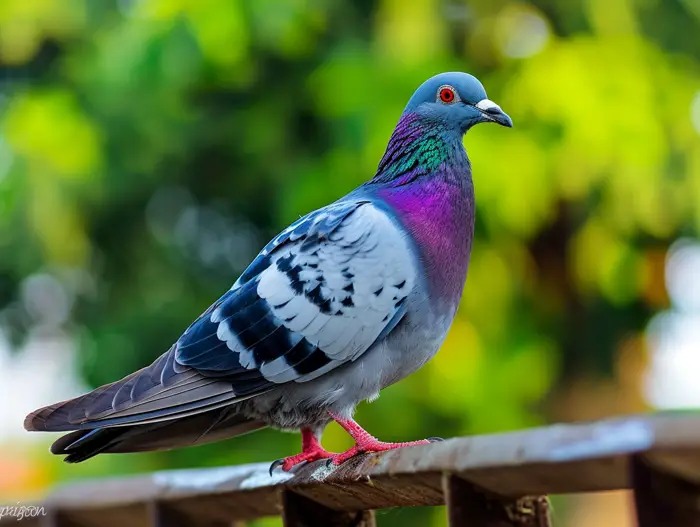
When it comes to catching pigeons, one of the first steps is to identify the problem areas where they are causing trouble. By knowing where they gather and what attracts them, you can develop a more effective strategy for catching them. Here are some key points to consider:
- Roosting patterns: Pigeons are known to roost in specific areas, such as ledges, rooftops, and trees. Take note of these locations as they are potential hotspots for catching pigeons.
- Feeding habits: Pigeons are scavengers and will flock around sources of food. This could be garbage bins, outdoor dining areas, or even bird feeders. Identify these feeding spots to target your efforts.
- Flight patterns: Observing the flight patterns of pigeons can give you valuable insights. They typically have a circular or figure-eight flight path between their roosting and feeding areas. Understanding these patterns can help you position yourself strategically.
- Flocking behavior: Pigeons are highly social birds and tend to gather in flocks. Look out for areas where these flocks congregate. This could be parks, squares, or any open space where pigeons are commonly seen.
- Homing instinct: Pigeons have a strong homing instinct and tend to return to their original roosting locations. If you can identify the pigeons’ home base, it can help you focus your trapping efforts on the right areas.
By identifying these problem areas, you can narrow down where to concentrate your pigeon-catching efforts. Keep in mind that each situation may be unique, so it’s important to tailor your strategy accordingly.
Next, I’ll dive deeper into specific techniques and tools that can help you successfully catch pigeons. Stay tuned for expert tips and tricks in the following section.
Creating an Effective Pigeon Trap
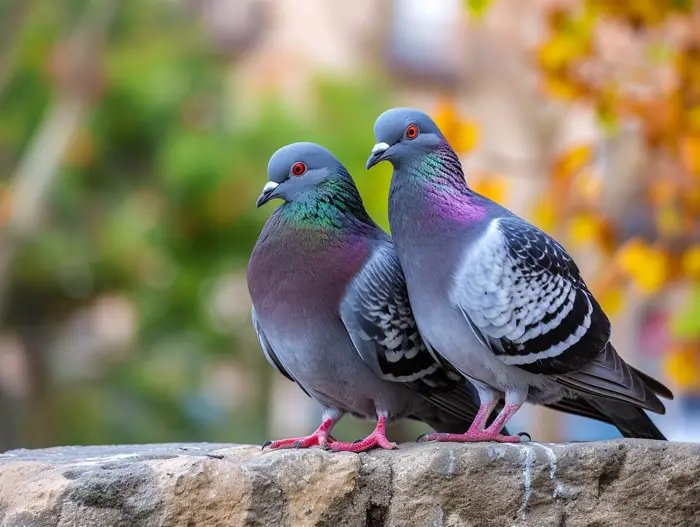
When it comes to catching pigeons, it’s important to have an effective trap in place. Here are some key steps to create a pigeon trap that will help you successfully catch these pesky birds:
- Choose the right design: There are various designs of pigeon traps available, but the most common ones include the funnel trap and the drop-in trap. The funnel trap works by luring the pigeons into a narrow entrance, while the drop-in trap uses a door that drops down once the pigeons enter. Consider which design will work best for your specific situation.
- Location, location, location: Pigeons are creatures of habit and tend to return to the same roosting spots. Identify the problem areas where pigeons gather and cause trouble, such as rooftops, ledges, or balconies. Place your trap in these locations to increase its chances of success.
- Bait and attract: Pigeons are attracted to specific food sources, so use bait that will entice them into the trap. Popular options include bird feed, cracked corn, or even popcorn. Scatter some bait near and inside the trap to allure the pigeons inside.
- Timing is crucial: Pigeons are most active during the early mornings and late afternoons when they search for food. Set up your trap during these times to maximize your chances of catching them.
- Patience pays off: The success of trapping pigeons depends on your patience. Keep an eye on the trap regularly and be ready to close it once pigeons have entered. It may take some time for the birds to feel comfortable entering the trap, so don’t give up too soon.
Remember, trapping pigeons requires careful planning and execution. By following these steps and understanding the behavior of pigeons, you can create an effective trap that will help you control their population in problem areas.
Baiting the Trap
To catch pigeons effectively, it’s crucial to entice them with the right bait. Pigeons are attracted to specific types of food, so choosing the proper bait can make all the difference in successfully luring them into your trap. Here are a few strategies to consider when baiting your pigeon trap:
- Research their preferences: Pigeons have certain food preferences, so it’s essential to do your homework and understand what they find most enticing. Common foods that attract pigeons include grains like corn, wheat, barley, and even birdseed. By using these preferred food sources as bait, you increase the chances of attracting pigeons to your trap.
- Experiment with different bait: Along with the typical grains, you can also try using other food items that pigeons find appealing. This might include bread crumbs, cracked corn, or even popcorn. By experimenting with different types of bait, you can discover what works best for attracting pigeons in your particular area.
- Consider scent and freshness: Pigeons have a keen sense of smell, so using fresh bait can be highly effective. The stronger the scent, the more likely pigeons will be drawn to the trap. Avoid using stale or moldy bait, as this can deter the birds from approaching the trap.
- Placement and presentation: Properly placing and presenting the bait is crucial for luring pigeons into the trap. Position the bait strategically near the entrance of the trap, making it visible and easily accessible to the birds. You can sprinkle some bait inside the trap as well, creating a trail that leads them towards it.
- Monitor and replenish: Pigeons are intelligent creatures, and they may become wary if the bait is consistently depleted without any capture. Regularly check the trap and replenish the bait as needed to maintain its attractiveness.
By carefully selecting the right bait, experimenting with different options, and ensuring its freshness, you can greatly increase your chances of successfully catching pigeons. Remember, patience is a virtue when it comes to trapping these birds, so give it some time and monitor your trap regularly.
Catching and Releasing the Pigeon

Once you’ve successfully lured a pigeon into the trap, it’s time to carefully catch and release it. Here’s a step-by-step guide on how to safely handle a captured pigeon.
- Approach the trap with caution: As you approach the trap, move slowly and avoid sudden movements. This will prevent the pigeon from getting startled and potentially harming itself.
- Wear protective gloves: It’s important to wear gloves when handling pigeons to protect yourself from any potential bites or scratches. This will also help minimize stress for the bird.
- Secure the pigeon’s wings: Gently but firmly hold the pigeon’s wings against its body to prevent it from flapping and causing injury to itself or you. Take care not to apply too much pressure and avoid bending the wings.
- Lift the pigeon from the trap: With one hand securely holding the pigeon’s wings, use your other hand to carefully lift the bird out of the trap. Keep a firm grip to ensure the pigeon can’t escape.
- Inspect the pigeon: Take a moment to examine the pigeon for any signs of sickness, injuries, or unusual behavior. If you notice any health concerns, it may be best to contact a local wildlife rehabilitation center for further assistance.
- Locate a suitable release location: When it comes time to release the pigeon, choose a location away from busy roads or areas with heavy human activity. An open space, such as a park or field, would be ideal for the bird to have ample room to take flight.
- Release the pigeon: To release the pigeon, simply extend your hands and gently let go of its wings. Allow the bird to take off at its own pace and avoid any sudden movements that could startle it.
Remember, catching and releasing a pigeon should always be done with the well-being of the bird in mind. By following these steps, you can ensure a safe and humane process for both you and the pigeon.
Conclusion
Catching a pigeon may seem like a daunting task, but with the right knowledge and techniques, it can be done safely and effectively. Throughout this article, I have provided a step-by-step guide on how to catch and release a pigeon using a trap.
By approaching the trap with caution and wearing protective gloves, you can ensure your safety while handling the captured pigeon. Securing the pigeon’s wings and inspecting it for any signs of sickness or injuries are crucial steps to ensure the bird’s well-being.
Choosing a suitable release location and gently releasing the pigeon are important in giving the bird the best chance at a successful return to its natural habitat.
Remember, the key to catching a pigeon is patience and persistence. By following these steps and prioritizing the well-being of the bird, you can successfully catch and release pigeons in a humane and responsible manner.
